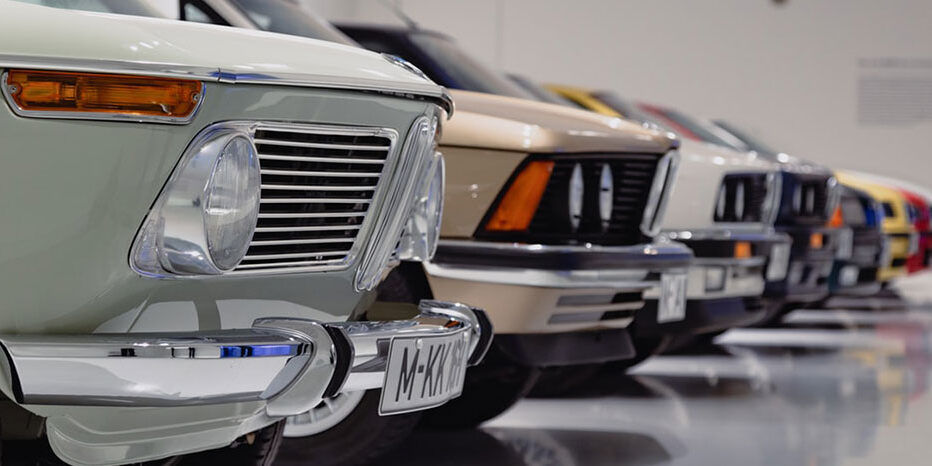How the automotive industry is gearing up to meet today’s customer expectations
When Autotrader asked 4,000 people whether they’d prefer the car buying process to carry on just as it is, only 17 of them said they would. The rest wanted substantial change – by a massive majority. And when Accenture quizzed 10,000 customers about the car buying experience in 2015, a full three quarters of respondents said they would consider conducting the complete car-buying process online – from financing and price negotiation to back office paperwork and home delivery arrangements.
Why are customers so audibly clamouring for change? Because customer expectation in all areas of retail commerce now assumes a digital experience. Simple as that.
Which, in turn, is why the automotive industry is beginning to recognise that, in this world of digital commerce, so much comes down to brand – brand values, brand promise and, above all, brand consistency.
Changing expectations
Cultural legacy in the industry has tended to lack a consistent focus – because it has never really had to operate otherwise. While the manufacturers have been busy striving to create ever-better quality models and investing heavily in marketing, the dealerships have tended to concentrate on identifying potential customers, maximising business and staying competitive with other dealerships.
But that is not the way today’s customers expect to experience the car-buying process, however. They expect the same brand experience when they buy a car as they get when they interact with brands like Amazon, Uber and AirBnB.
It’s no coincidence that recent data analysis by Google, in partnership with Luth Research, shows that, on average, a consumer buying a car makes 900-plus digital interactions before making the buying decision! That includes searches, visits, video views, clicks on Google, YouTube, manufacturer and dealer websites, as well as countless review searches.
The power of consistency
It’s simply not enough to make a good motorcar in today’s crowded markets, where customer satisfaction depends on so many different factors. The key differentiating factor in this industry, as in every commercial sector, isn’t about who produces the best cars or the best ads. It is about brand consistency.
A recent survey by the Chartered Institute of Marketing and Brandworkz, 81 per cent of 2,200 marketers identified customer experience as a stronger driver of brand performance than communications. But the research also exposed the extent to which organisations across all business sectors, including the automotive industry, are failing to implement, communicate and integrate brand experience as part of everyday working practice.
In another survey, research and review specialist Software Advice, asked consumers what influenced their loyalty to brands. Of 200 respondents, 41 per cent identified consistency as a more important factor than authenticity (15%), relevancy (6%) and transparency (2%).
In simplest terms, consistency is critical to the consumer/brand relationship because it tells the customer that his/her next experience will make him/her feel as good as the previous occasion.[/vc_column_text][vc_column_text]
Clarity of message
And this matters crucially to the automotive industry because, as we’ve seen, car-buying behaviour is becoming an increasingly digital affair, long before any face-to-face encounter in the showroom. The key is consistency between the two parts of the journey.
It begins with facilitating joined-up sharing of knowledge and content between manufacturers and dealerships, taking a holistic view of the brand. This then connects the internal marketing teams with dealerships so that every team understands how to create and sustain the all-important consistent customer experience.
No surprise that automotive businesses are increasingly deploying digital asset management and brand management software to achieve seamless consistency, from design and manufacture to showroom and after-sales services. Such systems enable brand managers to centralise, share and distribute brand materials and guidelines – ensuring a high quality of consistency that turns sales staff into true brand ambassadors. In short, it provides the infrastructure on which the brand is built and sustained, online, in-store, on the phone, via an app or face to face.
The fact is this: when marketers, salespeople and wider teams within a business are enabled with the confidence, know-how and materials to create a consistent brand, then delivering a great brand experience that delights consumers and builds businesses can become a reality.
Source:






